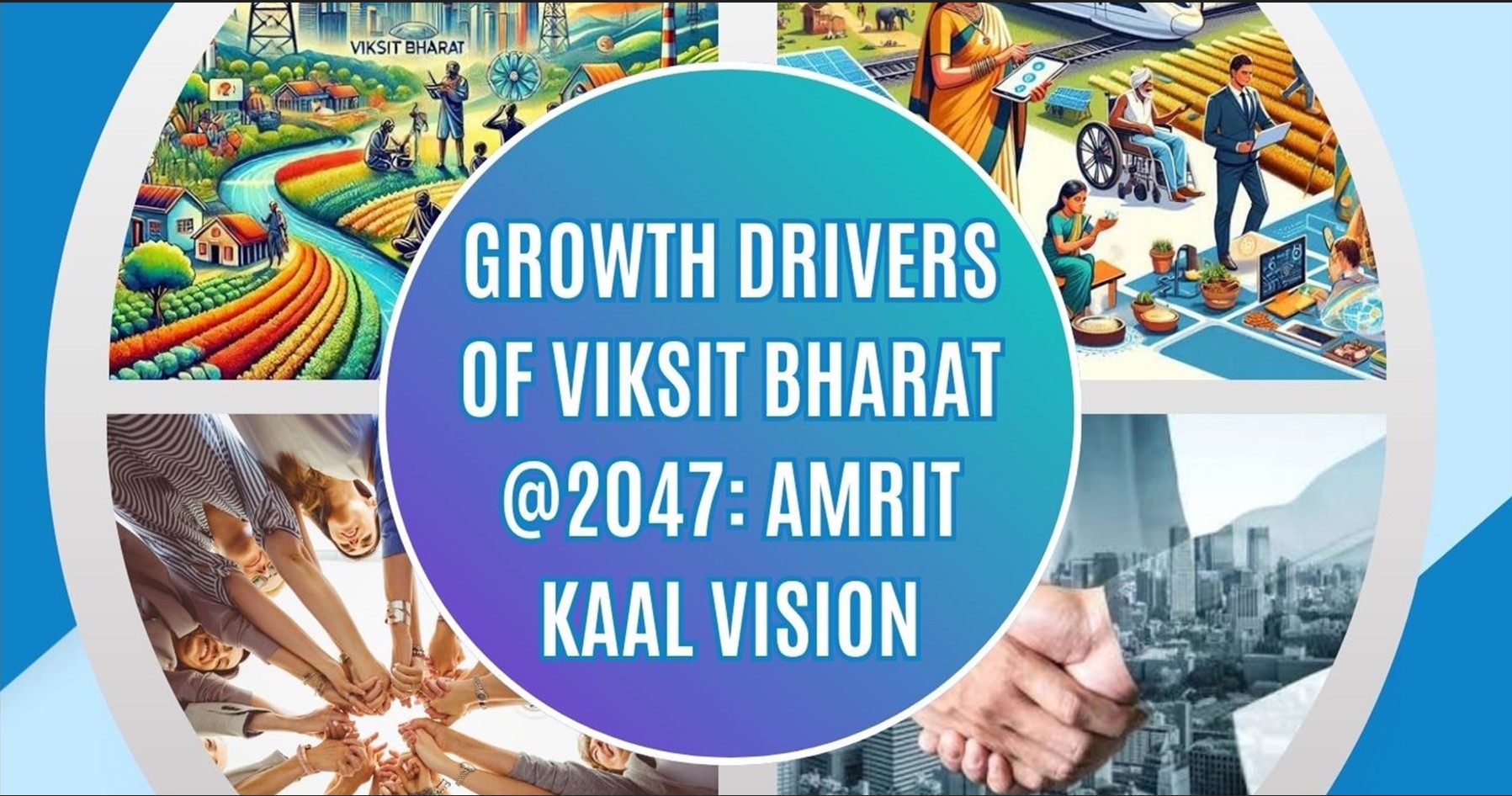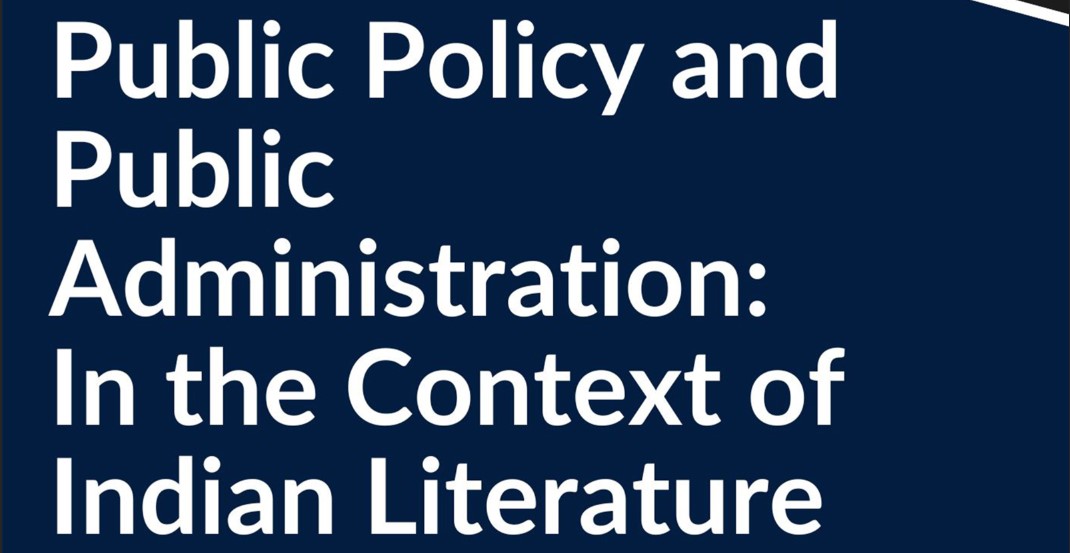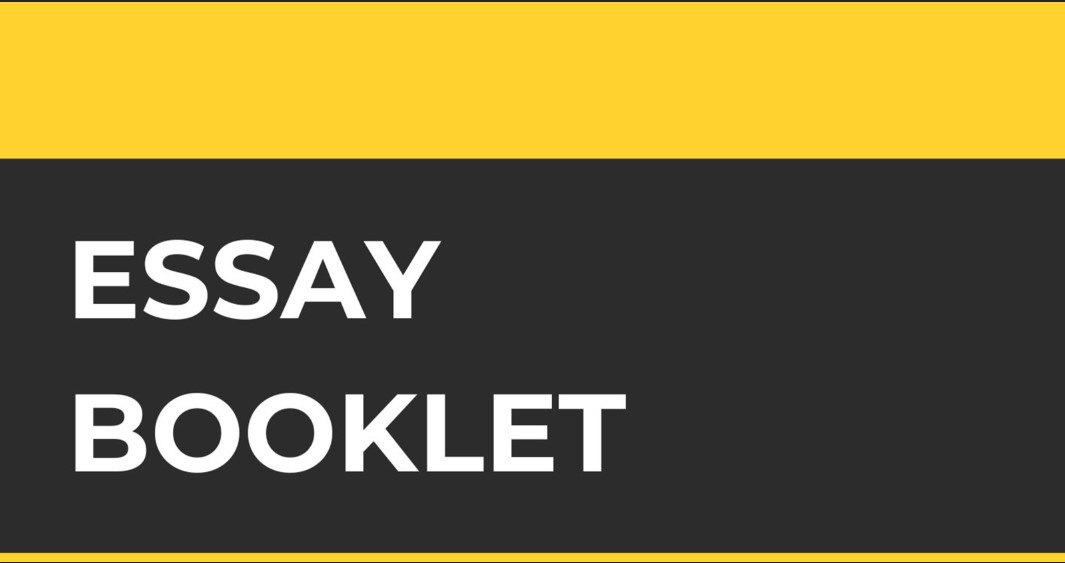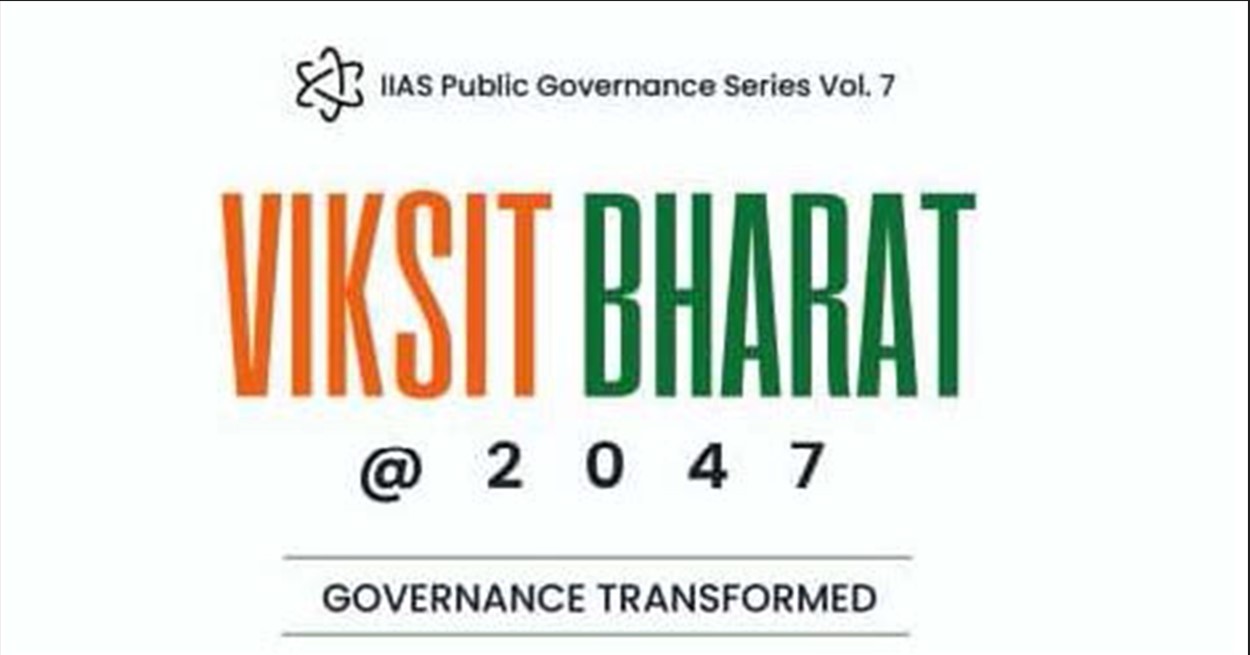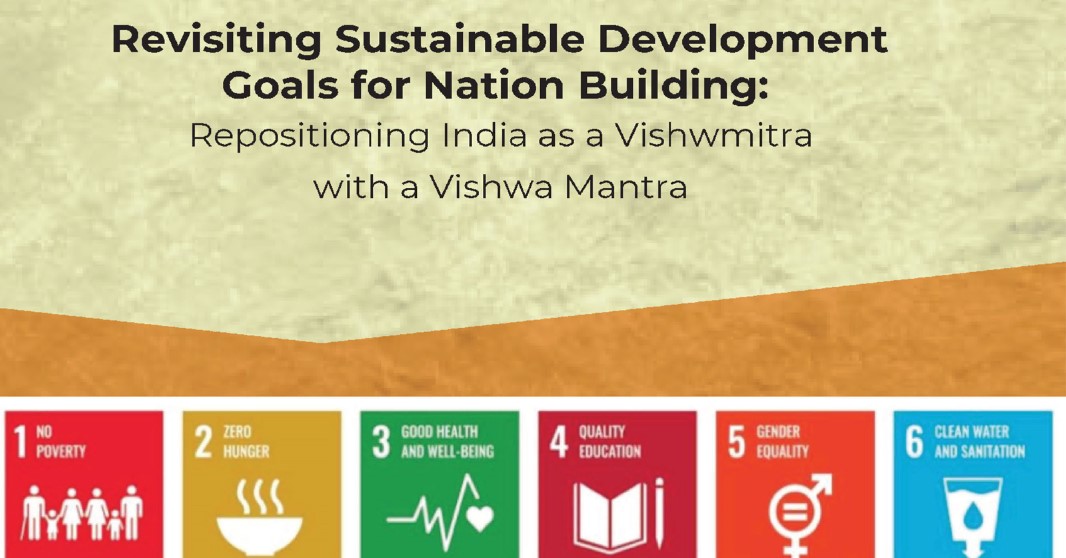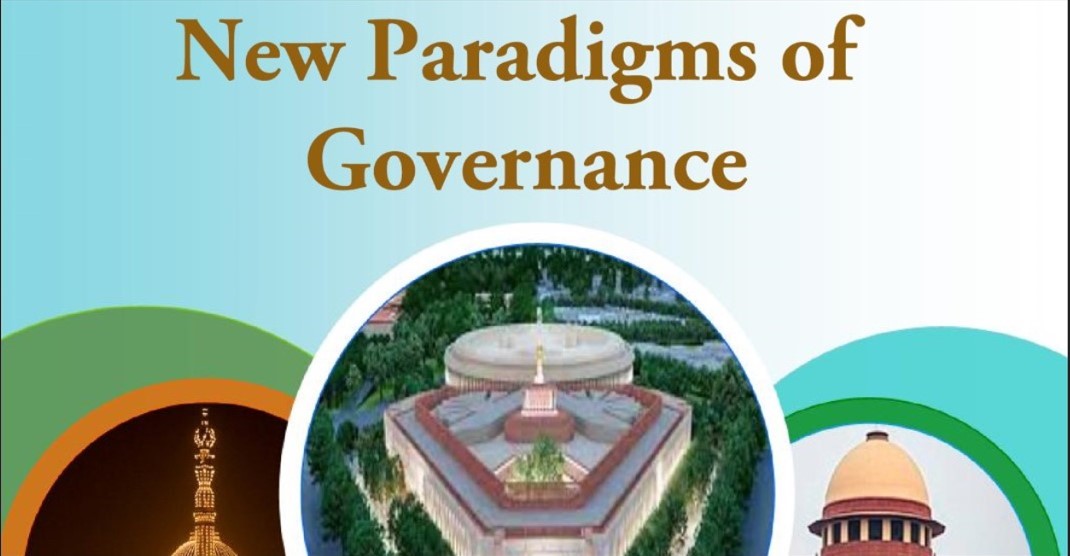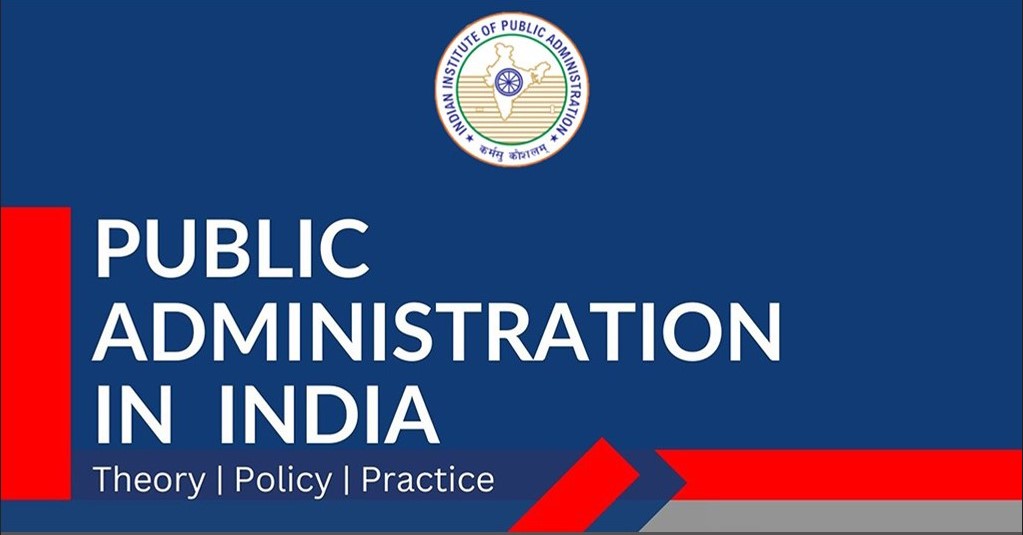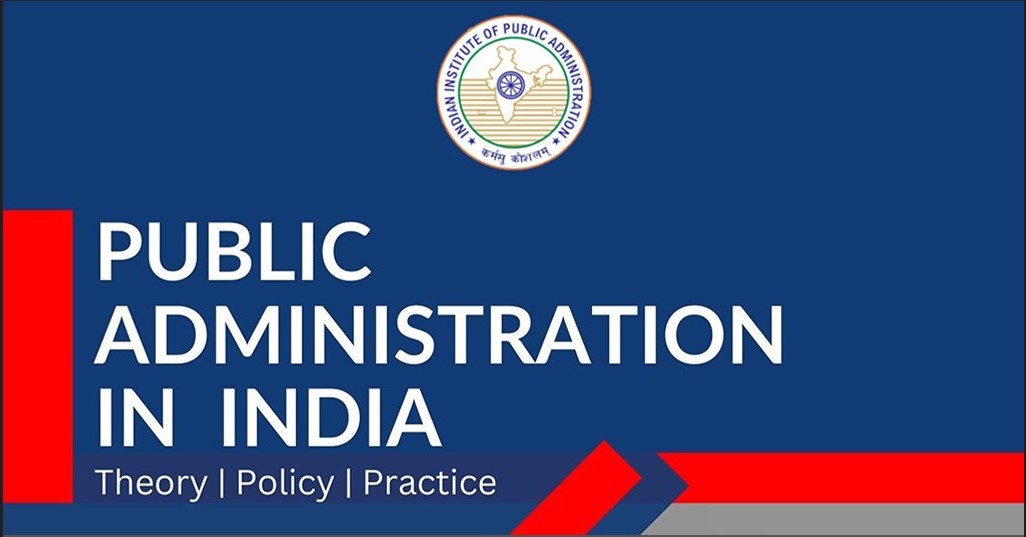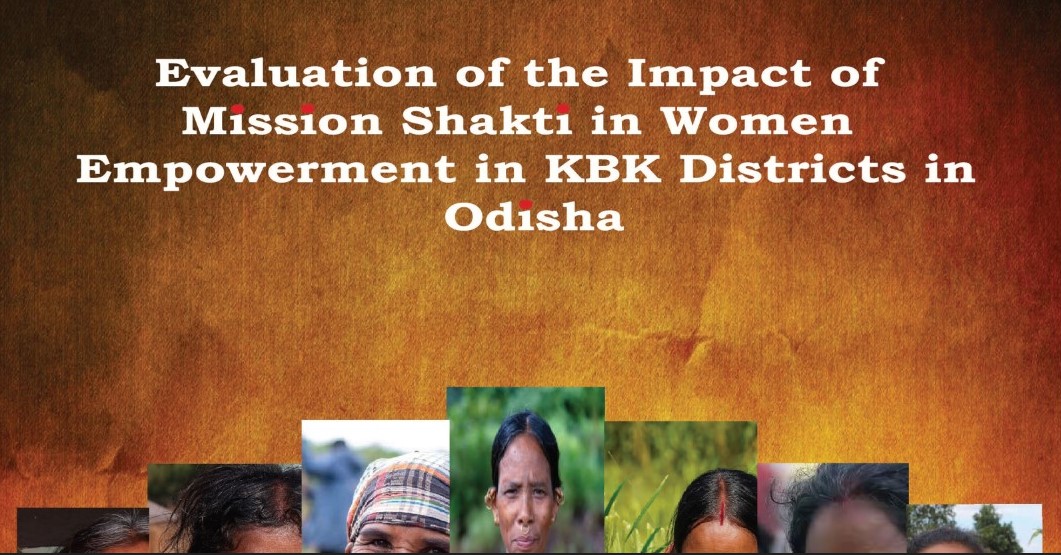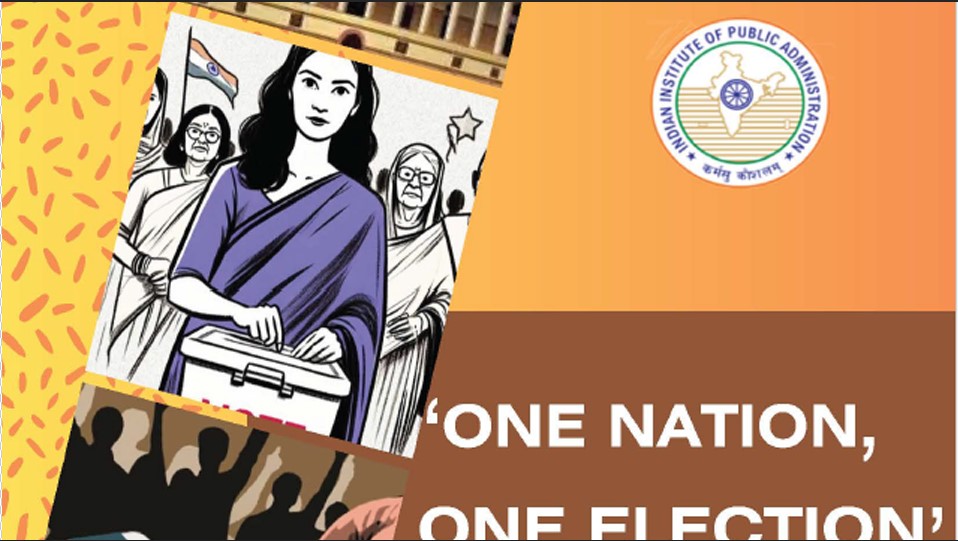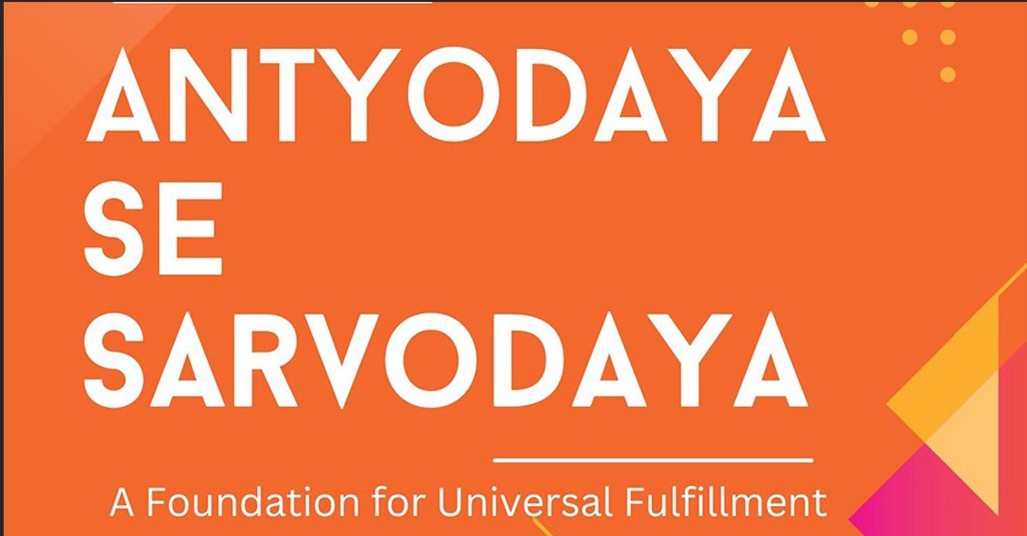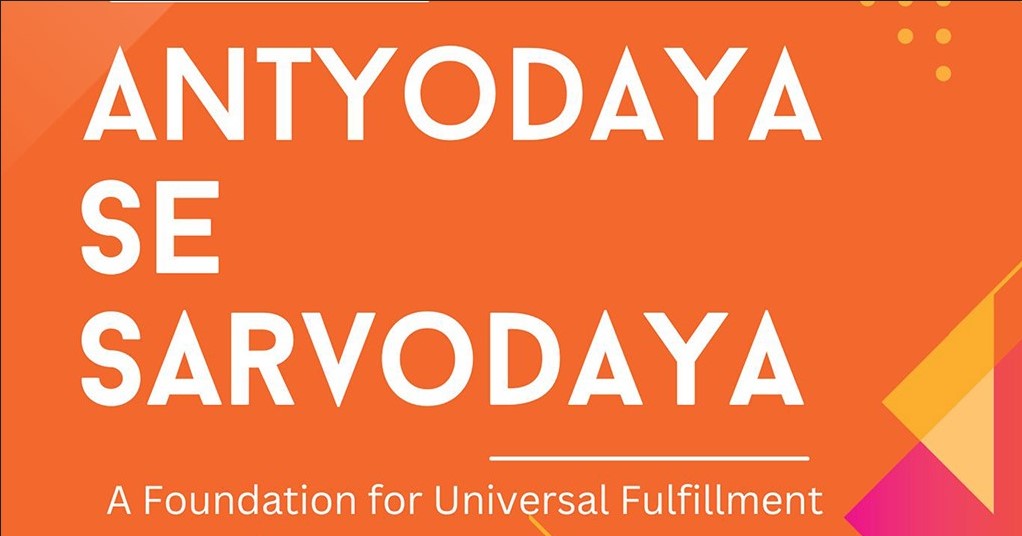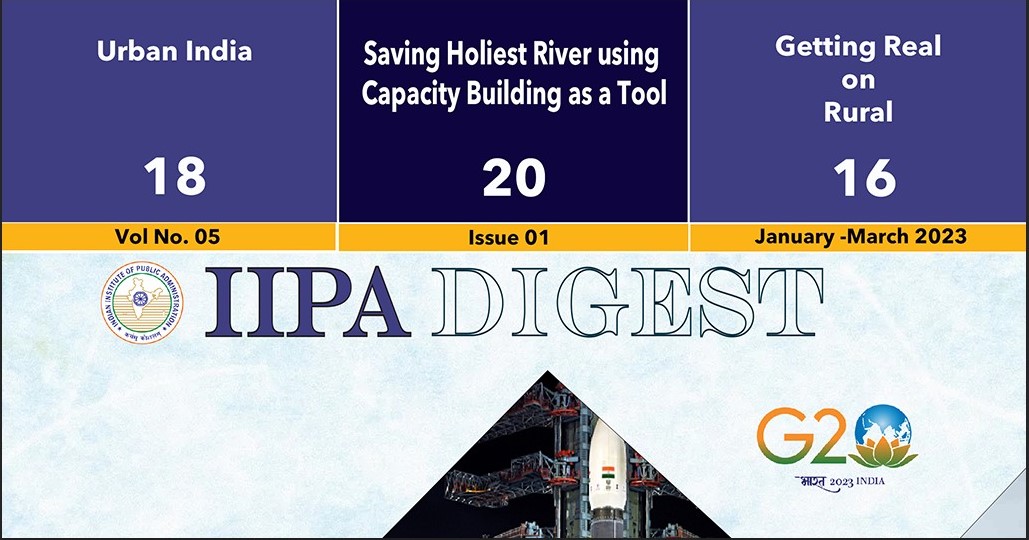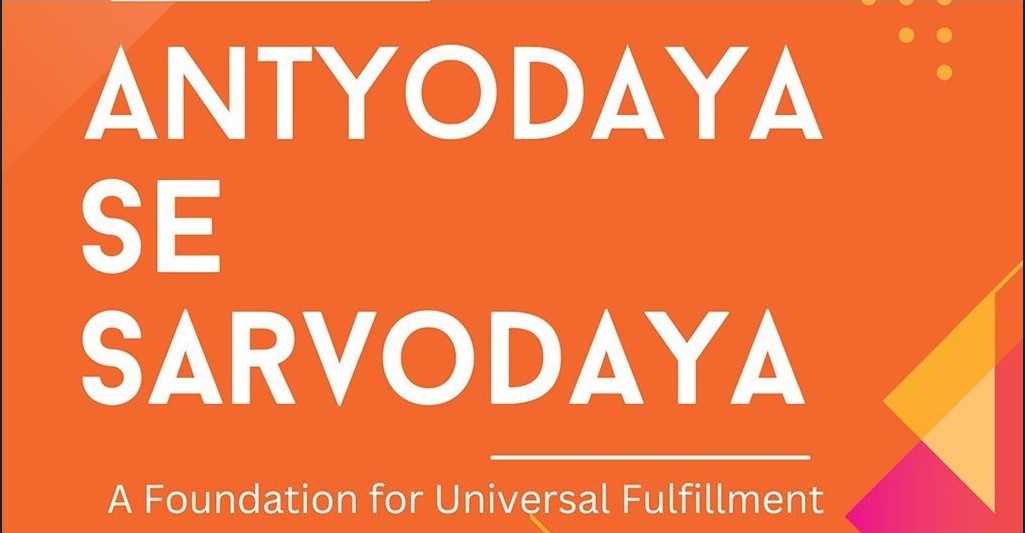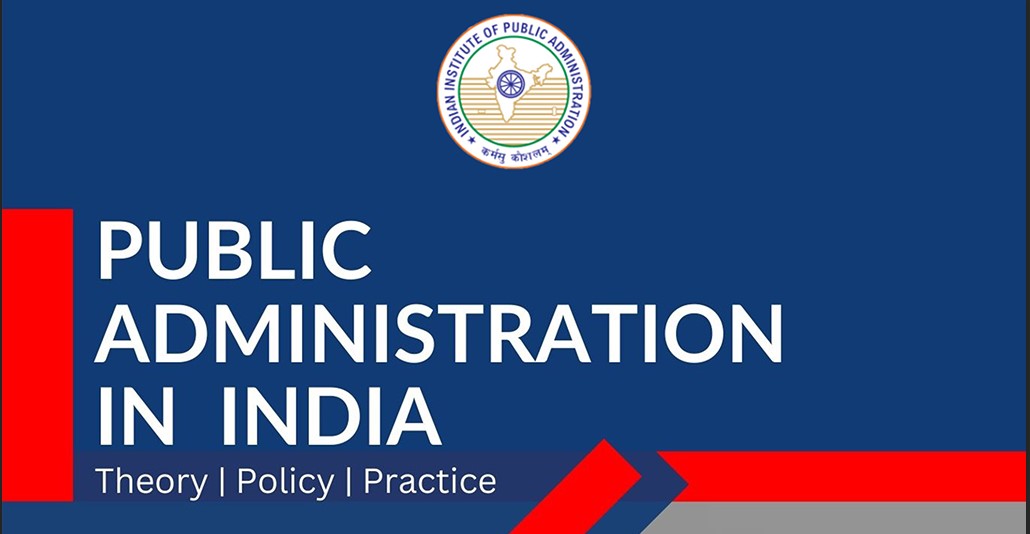PUBLICATIONS OF IIPA
Since its establishment in 1954, the Indian Institute of Public Administration (IIPA) has served as a vital forum for shaping India’s administrative thought and practice. IIPA has consistently engaged with the evolving challenges of governance through its wide-ranging publications, most notably the Indian Journal of Public Administration. Over seven decades, its intellectual journey can be traced through four phases: state-building and Indianization (1954–1975), development administration (1976–1991), governance reforms in a liberalizing economy (1992–2010), and digital, inclusive, and global frameworks (2011–2025). The Institute’s scholarship has illuminated themes of administrative ethics, federalism, citizen participation, and innovations such as public–private partnerships and e-governance. More than a training institute, IIPA has acted as a national think tank, bridging policy and scholarship. Its enduring contribution lies in conceptualizing public administration as a living science pragmatic, adaptive, and inseparable from the democratic aspirations of the people.
The IIPA has played a foundational role in shaping India's post-colonial administrative landscape, evolving from a training institute into a crucial think tank that informs and steers governance and public policy discourses. Public administration in a vast country like India has a deep bearing on the happiness and welfare of the people. Over seventy years (1954-2025), IIPA’s publications have tracked, reflected, and often anticipated the changing contours of Indian administration and governance, deeply embedding themselves in the nation’s journey from state-building to the demands of contemporary policy challenges.
Introduction: IIPA and the Post-Colonial State
At the dawn of independence, India faced the twin imperatives of forging a unified national identity and constructing a capable, responsive administrative apparatus. IIPA’s establishment in 1954 followed Patel’s vision of administration as the “steel frame” of development, a pragmatic science grounded not in rote procedures, but in the living realities and daily needs of citizens.
“Public administration, as I view it as a layman, is a pragmatic science…human experience and our day-to-day needs and requirements are the mainspring from which its aims and rules of procedure are drawn…” (Prasad, 1959, 1-2).
These words of first President of India capture the Institute’s commitment to adaptive, context-sensitive administration-a theme that runs through its research, publications, and training. IIPA was thus conceived not simply as a training hub but as a think tank: a site for critical reflection, debate, and knowledge generation in service of good governance, equity, and nation-building.
If one wishes to trace IIPA’s intellectual history, the Indian Journal of Public Administration (IJPA) is its clearest imprint. Launched in 1955, just a year after the founding of the Institute, IJPA became the flagship journal on public administration in India. A UGC CARE-listed, peer-reviewed publication in collaboration with IJPA SAGE, features expert-authored research, case studies, essays, and reviews on governance, policy, bureaucracy, law, leadership and social welfare.
Alongside IJPA, the Institute also publishes NAGARLOK, a UGC CARE-listed quarterly journal on Urban Affairs. It features scholarly research on urban life, planning, infrastructure, economy, sustainability, and policy linking theory with empirical insights across diverse geographic and comparative perspectives. Lok Prashasan Journal, another UGC-CARE listed, peer-reviewed quarterly research journal of IIPA, is published regularly. IIPA Digest is the new quarterly magazine of IIPA, featuring trends in government and public policy. Documentation in Public Administration (DPA), a quarterly publication since 1973, indexes articles, papers, reports and monographs on public administration from various periodicals.
Each IIPA publication has a distinct role: some to shaping discourse in academia, others inform real-time policy. Often overlooked, the IIPA Newsletter, published since 1955, now in e-newsletter form captures the “pulse” of the Institute-reporting on training programmes, seminars, and workshops that often set the stage for larger national conversations on governance.
Early Years: Laying the Intellectual Foundations
The first two decades of IIPA’s existence were marked by research and publication oriented around state-building, administrative reforms, and the creation of a professional class of Indian public servants. The Institute’s early journals and policy notes critically examined the transition from colonial ICS to IAS, the challenges of Indianization, and the alignment of administrative principles with democratic and developmental goals. Publications analyzed the role of regulatory and service commissions, centralization versus decentralization debates, and the building of constitutional and legal frameworks to support a welfare-oriented state. One of IIPA’s publication articles written by Shri Govind Ballabh Pant (1955) emphasizes the pivotal role of the civil service in India’s nation-building during the 1950s, a period marked by profound transformation and development. As India transitioned into a democratic republic, the civil service was tasked with implementing policy frameworks aimed at establishing a welfare state rooted in socialist principles. Pant highlights that this era demanded a shift from the traditional bureaucratic machinery, which was suited to pre-independence times, towards a more adaptable and responsive administrative apparatus aligned with India’s unique social, cultural, and economic contexts. He underscores the importance of infusing the civil service with a "soul and spirit"-qualities that transcend mere mechanical efficiency- fostering integrity, dedication, and a service-oriented ethos. The focus was not only on technical competence but also on cultivating a sense of devotion to national development. Pant advocates for “the problem of administration is not mechanical. It is essentially ‘human’, The administrators have to serve the people because that is the only purpose for which they can and they ought to exist.” (Pant, G. B., 1955, p. 183).
Methodological yet humane administration, emphasizing that effective governance requires embracing new arts of social and economic engineering, and developing administrative tools that emphasize service to the people.
IIPA as thought Leader: Expanding the Scope
By the 1970s and 1980s, IIPA’s intellectual output began to expand beyond bureaucratic structure and process, engaging with questions of program delivery, citizen participation, and ethics in administration. Reports and books published during this period reflected concerns about accountability, transparency, and outcome orientation issues that mirrored the evolving expectations of Indian society and the complexities of a rapidly growing democracy. The Institute became a platform for dialogue between practitioners, policymakers, and scholars, producing research on federalism, administrative law, and the role of technology in improving governance. S. R. Maheshwari (1980) critically examines the evolving relationship between the political executive and the permanent executive in India. He argues that the parliamentary system formally positions elected ministers above a vast permanent bureaucracy, whose primary role is to provide policy advice and ensure effective implementation. However, since the 1970s, ministers have increasingly encroached upon line functions such as transfers, suspensions, and promotions, thereby undermining the neutrality and professionalism of the civil services.
Maheshwari observes that what ought to remain a rule-bound and consultative administrative process is often distorted by patronage, politicisation, and regional pressures. This has led to a culture of excessive consultation, accommodation, and weakened adherence to institutional norms. He succinctly notes that “the bureaucracy in India is thus bearing the brunt of two kinds of politics-politics from without and from within.” The internal dynamics of the civil service further aggravate this condition, as it is not a homogeneous entity but fragmented along lines of regionalism, casteism, and service affiliations. These divisions frequently manifest in the manipulation of postings, promotions, and other matters of personal advancement, thereby eroding administrative objectivity and effectiveness (Maheshwari, 1980, p. 749).
Transition to Governance: From Administration to Policy
“PPP is a policy decision and initiative of the government at any level to promote public interest and public good (Bava, 2008; p.404).”
The post-liberalization period (1990s onwards) marked a significant shift in IIPA’s research trajectory, as its publications began to engage more directly with public policy and governance reform. The move to a mixed economy, and the growth of new sectors such as digital infrastructure, prompted IIPA’s scholars to interrogate themes like public-private partnerships, e-governance, service delivery innovations, and capacity-building for effective governance. Studies on decentralization, local governance (Panchayati Raj), and the interface between administration and civil society became central to the Institute’s intellectual output, reflecting India’s increasing complexity as a global player and developmental state. As per Prime Minister Narendra Modi’s vision of “Minimum Government, Maximum Governance,” the aim of government is to reduce unnecessary government interference while ensuring effective service delivery and transparency. IIPA’s intellectual leadership and the political emphasis on governance over administration have reinforced India’s democratic journey, ensuring that the state remains both effective and accountable in a globalizing world.
These proposals helped policymakers design frameworks like viability gap funding, appraisal committees and sectoral policies that made public–private collaboration operational while keeping the state accountable for service standards.
Mapping IIPA’s Intellectual Trajectory (1954-2025)
Over seven decades, IIPA’s publications map and shape the intellectual history of Indian administration through several distinct phases:
• State-building and Indianisation (1954-1975): Research focused on the adaptation of colonial structures to new democratic needs, emphasizing Indianization and the creation of service-oriented administration.
• Development and Delivery (1976-1991): Publications explored the delivery of development programs, administrative reforms, and response to issues of equity and justice in governance.
• Governance and Reforms (1992-2010): The post-liberalization era saw IIPA address new challenges arising from globalization, neoliberal reforms, and the need for improved efficiency and responsiveness.
• Digital, Inclusive, and Global Frameworks (2011-2025): Recent years have seen IIPA at the forefront of research on digitalization, innovation, data-driven governance, and policy frameworks for inclusivity and sustainability, positioning itself as a node for global thought leadership in public administration.
Key Themes in IIPA’s Publications
Complexity of Modern Governance
IIPA’s journals, research papers, books, and policy notes have consistently highlighted the complexity of governance in a large, diverse nation. Whether it is the challenge of coordinating central and state governments, responding to the demands of local self-governance, or managing multi-sectoral policy issues, IIPA has contributed frameworks for understanding and addressing administrative complexity.
Responsiveness to Citizens
Central to IIPA’s vision is the idea that administration must be aligned with the evolving needs and aspirations of citizens. Its research has examined participatory governance, service quality, grievance redressal, and the tools for making administration more people-centric, including research on Right to Information and citizen charters.
State Capacity and Everyday Life
IIPA’s intellectual work consistently links state capacity and the ability of institutions to deliver public goods and services to the lived experiences of everyday Indians. Studies have assessed health, education, sanitation, and welfare programs, foregrounding the principle that administrative effectiveness is measured by its impact on daily life.
Not Merely a Training Institute: Shaping Discourse
Through its regular magazines, journals, research reports, and policy advisory papers, IIPA has acted as a major shaper of administrative discourse in India. Its faculty and guest scholars have produced influential works on topics such as administrative ethics, organizational restructuring in government, role of civil society in governance, impact of digital technology on administration, and comparative analyses with international best practices.
IIPA’s contributions have often been cited in government reports, legislative debates, and international academic forums, underlining its role as a think tank that goes beyond skills training to produce knowledge that guides public action. IIPA has been “instrumental in promoting the concept of governance as distinct from mere administration,” emphasizing responsiveness, transparency, and citizen-centric approaches. J P Narayan in his article, “Pressure Groups and Democratic Governance,” states that “Our democracy is a work in progress. That such a poor, complex, diverse society could endure as a nation-state and as a stable democracy is a tribute to our founding fathers. We have a robust, noble and yet pragmatic Constitution which helped us build institutions and ensured stability with liberty. The vast range of civil society organisations and pressure groups that thrive in India, the perpetual, unending argumentation and the relatively peaceful reconciliation of conflicting interests are signs of a successful democracy (Narayan, J. P., 2002).” IIPA has provided a platform for interaction between government and non-government actors, helping shape inclusive governance frameworks that go beyond bureaucratic boundaries.
Conclusion: Seventy Years of Thought Leadership
Over seventy years, the IIPA has stood at the intersection of research, policy, and praxis, continuously adapting to the spirit of the age as Nehru envisioned. Its intellectual legacy is visible in the evolution of Indian public administration: from state-building, through waves of reform, to the challenges of governance in a digital, globalized world. The Institute’s publications offer a record of India’s administrative journey, providing both a mirror for reflection and a map for future innovation in governance.
IIPA’s enduring contribution is the insistence that public administration must be a living science, responsive, pragmatic, and closely aligned to the dynamic realities of society. As India continues to evolve, IIPA’s role as a thought leader remains essential to the quest for ethical, effective, and citizen-oriented governance.
Reference
• Bava, N. (2008). Public private partnership in public service and development: A conceptual and empirical framework. Indian Journal of Public Administration, 54(3), 395-416.
https://doi.org/10.1177/0019556120080301
• Maheshwari, S. (1980). The Political Executive and the Permanent Executive: An Analysis of the Emerging Role Patterns. Indian Journal of Public Administration, 26(3), 739-749. https://doi.org/10.1177/0019556119800321 (Original work published 1980)
• Narayan, J. (2015). Pressure groups and democratic governance — An Indian perspective. Indian Journal of Public Administration, 61(3), 411-422. https://doi.org/10.1177/0019556120150306 (Original work published 2015)
• Pant, G. B. (1955). Public Servant in a Democracy. Indian Journal of Public Administration, 1(3), 181-183. https://doi.org/10.1177/0019556119550301 (Original work published 1955).
Leave a comment
More articles from Governance & Polity



